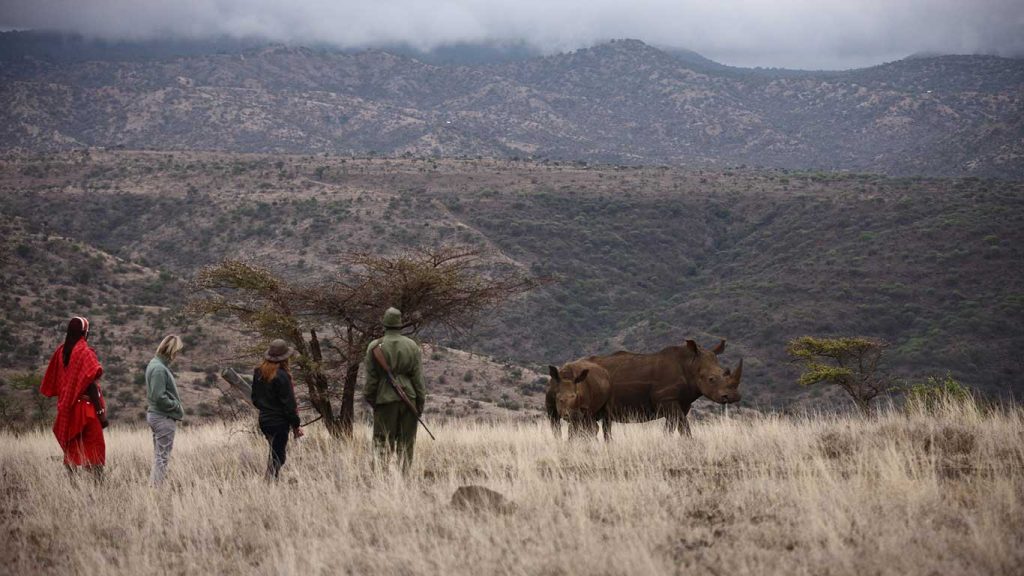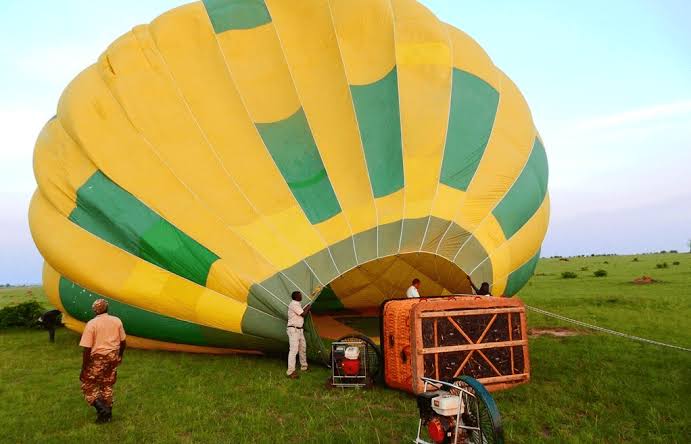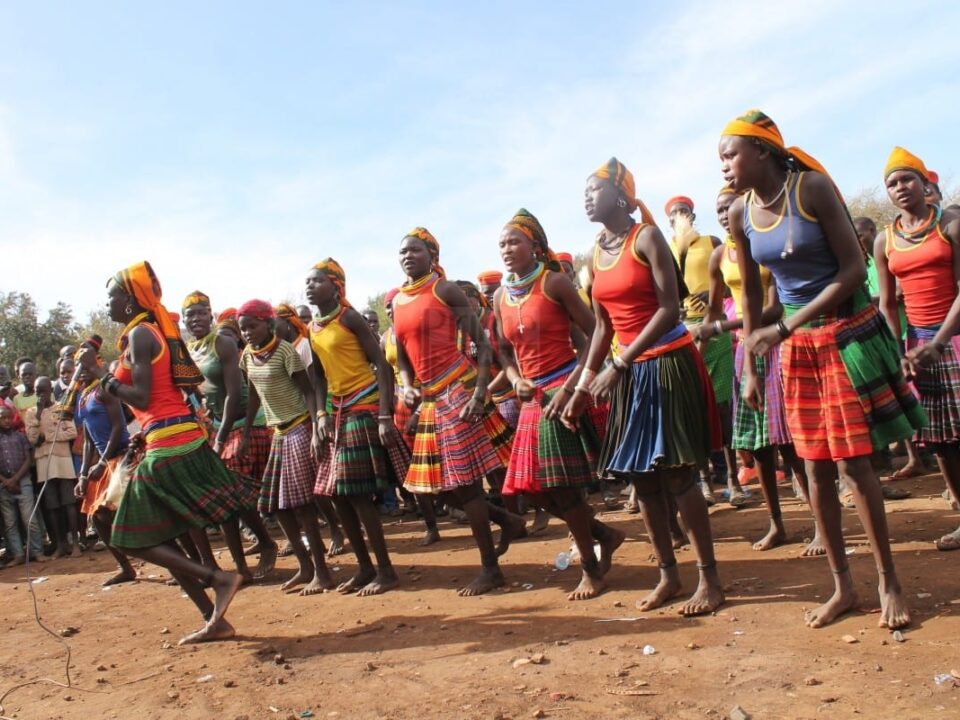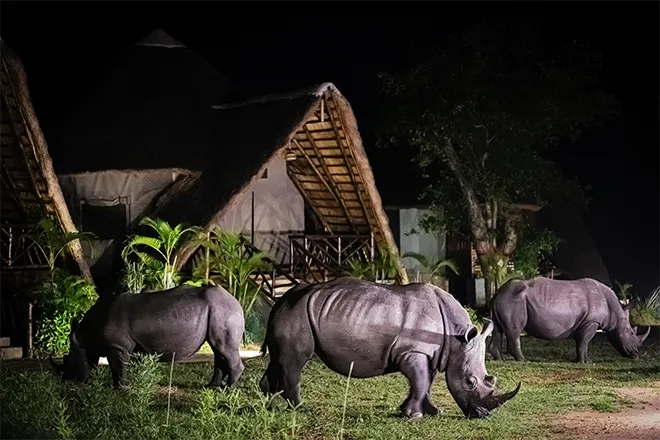- GET IN TOUCH WITH US:
- +256 753518160
- +256 777842166
- info@experiyatourcompany.com

What’s special about Laikipia Conservancy?
November 20, 2025
What’s the best hidden park in Kenya?
November 20, 2025Can I Visit Lewa Wildlife Conservancy?
Lewa Wildlife Conservancy is one of Kenya’s most extraordinary safari destinations—a place where conservation, luxury, wildlife diversity, and community impact come together in a way few other regions in Africa can match. Tucked beneath the northern slopes of Mount Kenya, Lewa offers breathtaking landscapes, critically important conservation programs, rare wildlife sightings, and some of the most exclusive safari experiences on the continent. But many travelers wonder: Can I visit Lewa Wildlife Conservancy? The answer is a resounding yes—and visiting Lewa is not only possible, but one of the most rewarding and meaningful travel choices you can make.
Lewa has become a global model for community-driven conservation. It protects rare species like the black rhino and Grevy’s zebra, supports local communities, and provides sustainable jobs through tourism. At Lewa, your safari helps fund real conservation efforts on the ground. This alone sets it apart. But beyond its conservation significance, Lewa is a deeply beautiful place—quiet, exclusive, peaceful, and absolutely teeming with wildlife.
This detailed guide explores everything you need to know about visiting Lewa Wildlife Conservancy: how to get there, what makes it so special, what you can do there, the wildlife highlights, best time to visit, accommodation options, fees, and why it’s considered one of Kenya’s premier safari destinations.
Yes, You Can Visit Lewa Wildlife Conservancy
Lewa Wildlife Conservancy is fully open to visitors, and tourism is a key pillar of its conservation model. As long as you book accommodation at one of the lodges inside or near the conservancy—or arrange a day visit through a licensed tour operator—you are welcome to explore its vast landscapes and wildlife-rich plains.
Visitors can enjoy guided game drives, walks, horseback safaris, cultural visits, and conservation tours. Because the conservancy maintains strict visitor limits, experiences here are exclusive and unhurried.
What Makes Lewa Wildlife Conservancy So Special?
Lewa is not just another safari destination. It stands out for its uniqueness in several powerful ways.
Stronghold for Endangered Species
Lewa is home to some of the most important populations of endangered wildlife in East Africa:
One of Kenya’s largest concentrations of black rhinos
Significant populations of white rhinos
The world’s largest single population of Grevy’s zebras
Thriving populations of reticulated giraffes
These species—many rare or threatened—are protected by highly trained ranger units and cutting-edge monitoring programs.
Exceptional Predator Sightings
Lewa’s predator encounters are remarkable. Visitors frequently spot:
Lions
Leopards
Cheetahs
Hyenas
Occasionally African wild dogs
Because the conservancy is private, wildlife viewing feels uncrowded, creating intimate, serene experiences.
Stunning Scenery
Lewa is framed by dramatic landscapes including:
Wide-open savannah plains
Rolling hills
Wooded valleys
River-fed forests
Views of snowcapped Mount Kenya
These landscapes make Lewa one of the most beautiful safari regions in Kenya.
Conservation Success Story
Lewa is globally recognized for its conservation achievements. It has reduced poaching, restored habitats, and reintegrated endangered species years ahead of other regions. Its anti-poaching team, tracker dogs, ranger units, and community partnerships form a world-leading model.
Community-Based Conservancy
Tourism revenue directly supports:
Healthcare
Schools
Community-owned businesses
Water projects
Women’s empowerment groups
Visiting Lewa means contributing to real, meaningful change.
Things to Do at Lewa Wildlife Conservancy
Lewa offers a wide range of activities, many of which are unique or rare in other Kenyan reserves.
Game Drives
Guided game drives offer incredible wildlife opportunities with minimal crowds. Sightings feel natural, slow-paced, and rewarding.
Walking Safaris
Bush walks bring you closer to nature, allowing you to observe tracks, plants, insects, and smaller animals—an unforgettable experience.
Horseback Safaris
Lewa is one of the few places in Kenya where you can safari on horseback. Riding among giraffes and zebras is an adventure like no other.
Camel Rides
A uniquely northern Kenyan experience—camel treks offer peaceful, scenic journeys over gentle hills and plains.
Cultural Experiences
Visit local communities, schools, conservation centers, and women’s groups to learn about Lewa’s community-driven model.
Conservation Tours
Lewa allows guests to tour rhino monitoring posts, meet anti-poaching rangers, and learn how technology is used to protect wildlife.
Bird Watching
Lewa is a paradise for bird lovers, with over 400 species including vultures, raptors, sunbirds, and weavers.
Photography Sessions
With sweeping landscapes and rare wildlife, Lewa is a dream destination for photographers.
Best Time to Visit Lewa Wildlife Conservancy
Lewa is a year-round destination, but some months offer specific advantages.
Best Wildlife Viewing: June to October
Clear skies
Dry ground
High wildlife concentrations
Excellent predator activity
This is peak safari season.
Green Season: November and March to May
Lush landscapes
Fewer tourists
Beautiful birdlife
Lower lodge rates
Great Migration Views (Nearby)
While Lewa is not part of the Maasai Mara, many travelers combine Lewa with Mara during July–October.
In truth, Lewa is spectacular at any time of year.
 How to Get to Lewa Wildlife Conservancy
How to Get to Lewa Wildlife Conservancy
There are two main ways to reach Lewa: by air or by road.
By Air
The quickest and most convenient option. Daily scheduled flights operate from Nairobi’s Wilson Airport to Lewa Downs Airstrip. Flying time is about 45 minutes.
By Road
Driving from Nairobi takes around 5 to 6 hours:
Nairobi → Nanyuki → Lewa
The roads are mostly good, and the route winds through scenic highlands and markets.
Where to Stay in Lewa
Lewa offers a selection of luxury and mid-range lodges known for exceptional service, comfort, and eco-friendly designs. While this article doesn’t list specific lodges by name to remain neutral, options include:
Luxury wildlife lodges
Eco-lodges
Family-friendly camps
Exclusive-use private villas
Intimate tented camps
All lodges provide guided game drives, meals, bush activities, and sometimes spa services. Because Lewa limits visitor numbers, accommodations book up early.
Entry Fees for Lewa Wildlife Conservancy
Visitors entering the conservancy pay a daily conservation fee. This fee directly funds:
Anti-poaching operations
Community programs
Education projects
Wildlife monitoring
Habitat rehabilitation
Fees vary based on residency status (Kenyan citizen, East African resident, or international tourist) and are usually included in lodge packages.
Is Lewa Good for Families?
Absolutely. Lewa is one of Kenya’s most family-friendly safari destinations, offering:
Children’s activities
Educational nature walks
Family rooms or villas
Safe, controllable wildlife settings
Horseback riding for older kids
Families often appreciate Lewa’s quiet, exclusive feel compared to busier parks.
Is Lewa Good for Photographers?
Lewa is a photographer’s dream. Its unique combination of rare species, dramatic landscapes, and soft morning light creates perfect conditions for:
Portrait wildlife photography
Wide-angle scenic shots
Aerial photography (from bush flights)
Low-light predator images
Its scenery alone is worth the trip.
Why Lewa Is Worth Visiting
Lewa is not just a safari destination—it is a symbol of hope for African wildlife. Its role in protecting rhinos, rescuing endangered species, supporting communities, and promoting sustainable tourism gives it unmatched global significance.
For visitors, Lewa offers:
Privacy
Exclusivity
Adventure
Wild beauty
Cultural immersion
Luxury experiences
Conservation connection
It is a place you leave transformed—with a deeper appreciation for Kenya’s natural heritage.
Visiting Lewa Is an Unforgettable Experience
Yes, you can visit Lewa Wildlife Conservancy—and you absolutely should. Whether you want to see rare wildlife, enjoy exclusive safari experiences, learn about conservation, or immerse yourself in Kenyan landscapes, Lewa offers it all. It is a place where every game drive feels meaningful, every encounter feels special, and every moment is filled with beauty and purpose.
To ensure your experience is seamless, enriching, and expertly organized, traveling with a trusted safari partner makes all the difference.
Experiya Tour Company specializes in crafting exceptional Lewa safari itineraries—complete with flights, transfers, lodging arrangements, personalized game drives, and local insights that elevate your journey.
For a stress-free, unforgettable safari in Lewa Wildlife Conservancy, booking your travels with Experiya Tour Company is highly recommended.




